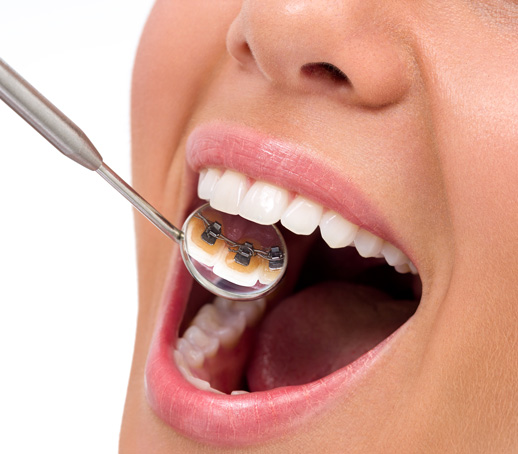
The Different Types Of Braces Available
Orthodontic braces have come a long way from the bulky metal brackets of the past. Today, there is a diverse range of braces available, catering to different preferences, treatment needs, and aesthetic concerns. Whether you’re seeking a discreet option or considering affordability, there’s a type of braces Abu Dhabi to suit your unique needs.
Traditional metal braces:
Traditional metal braces are the most recognizable type of braces, characterized by metal brackets bonded to the front surface of teeth and connected by metal wires. Despite their conspicuous appearance, metal braces remain a popular choice for their durability, effectiveness, and affordability. Modern advancements have made metal braces smaller, sleeker, and more comfortable than ever before.
Ceramic braces:
Ceramic braces offer a more discreet alternative to traditional metal braces. Made of tooth-colored or clear ceramic material, these braces blend in with the natural color of teeth, making them less noticeable. Ceramic braces are an excellent option for individuals seeking a more aesthetically pleasing orthodontic treatment without compromising on effectiveness.
Lingual braces:
Lingual braces are unique in that they are bonded to the back surface of teeth, making them virtually invisible from the front. This hidden placement allows for discreet orthodontic treatment, making lingual braces a popular choice among adults and professionals who desire a subtle way to straighten their teeth. While lingual braces offer aesthetic advantages, they may require a longer adjustment period and may be more challenging to clean.
Self-ligating braces:
Self-ligating braces feature brackets that do not require elastic bands or metal ties to hold the wires in place. Instead, they utilize built-in clips or doors to secure the wires, reducing friction and allowing for more comfortable tooth movement. Self-ligating braces are known for their efficiency, shorter treatment times, and easier maintenance compared to traditional braces.
Clear aligners:
Clear aligners, such as Invisalign, have gained popularity as a discreet and convenient alternative to traditional braces. These custom-made, clear plastic trays gradually shift teeth into alignment through gentle pressure. Clear aligners are removable, allowing for easier oral hygiene and the ability to eat and drink without restrictions. While suitable for mild to moderate misalignment issues, clear aligners may not be suitable for severe cases or complex orthodontic problems.